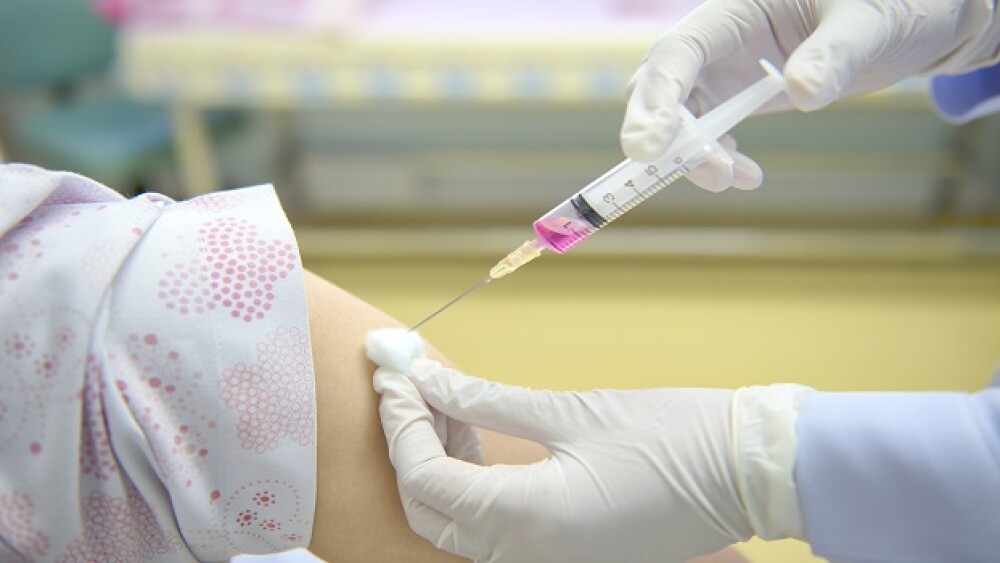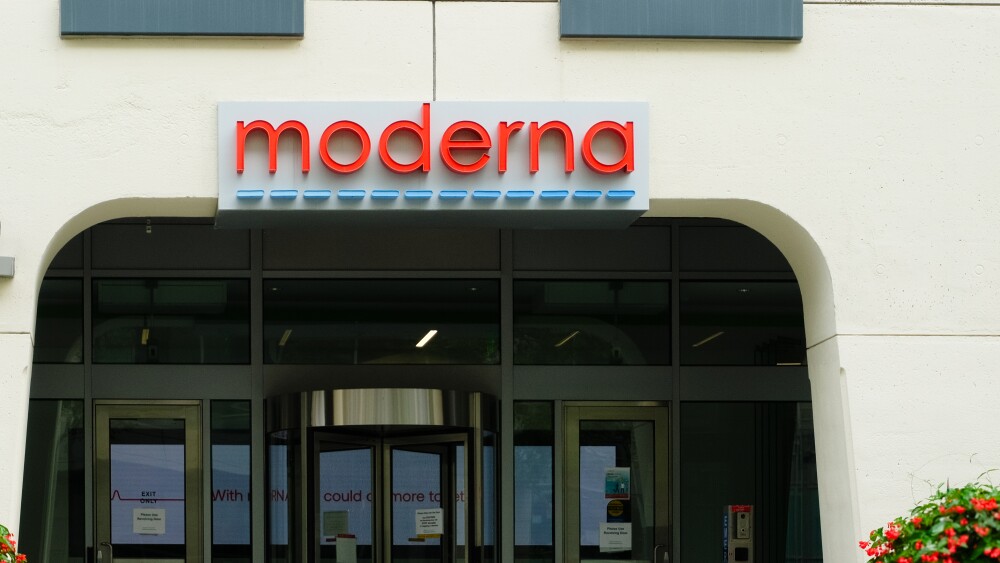Public health officials and scientists have had concerns about how long Ebola vaccines’ protection lasts. A new study shows that one of those vaccines confers at least two years of protection.
Several companies have developed vaccines to the deadly Ebola virus that are effective, but public health officials and scientists have had concerns about how long those vaccines’ protection lasts. A new study published in the journal, The Lancet, shows that one of those vaccines, developed by Merck & Co. and NewLink Genetics, confers at least two years of protection.
The study, which reported on human participants from several sites in Europe and Africa, showed that patients receiving the inoculation with a recombinant vesicular stomatitis virus (rVSV) vaccine for the Zaire Ebola virus glycoprotein (rVSV-ZEBOV) had virus-specific antibody responses for one to two years after inoculation. Precision Vaccinations writes, “This was an observational cohort study, with participants from the African and European Phase I rVSV-ZEBOV trials, who were vaccinated once in 2014-15 with 300 000 (low dose) or 10-50 million (high dose) plaque-forming units (pfu) of rVSV-ZEBOV vaccine to assess ZEBOV glycoprotein (IgG) antibody persistence.”
NewLink Genetics and Merck partnered in 2014 to research, develop, manufacture and distribute NewLink’s Ebola vaccine candidate.
The news is positive for any future Ebola outbreaks. A single dose of the vaccine should provide at least one to two years of protection. Research shows that some of the other vaccines appeared to lose protection after 28 days to six months.
FiercePharma notes, “The Merck vaccine previously posted 100 percent efficacy in a ‘ring study’ in Guinea, where researchers created a circle of vaccinations around known Ebola cases to stop the virus’ spread. Other studies in the U.S. and the West African country Liberia have shown the shot can elicit antibody responses that lasted at least for a year.”
Merck indicates it plans to file with the U.S. Food and Drug Administration (FDA) this year. Though it hasn’t been approved yet, the WHO recommends the Merck vaccine should be used under the Expanded Access framework if an Ebola outbreak occurs.
“The ideal vaccine in these regions would have long-term durability,” said Angela Huttner, lead author of the paper and an infectious diseases researcher at Switzerland’s University Hospitals of Geneva, reported StatNews. “This is really good news because this vaccine is destined for places where logistics are very difficult. Having to do booster shots would be very impractical in these regions.”
Although researchers haven’t completely identified what will be needed to protect against all Ebola infections, Huttner said, “Our hypothesis is that the values we’re seeing at two years shouldn’t change too much at three, four, and five years.”
Ebola virus disease (EVD) was previously known as Ebola hemorrhagic fever. The virus is transmitted to people from wild animals and spreads through human-to-human transmission. The fatality rate is around 50 percent, although in past outbreaks fatality rates have ranged from 25 percent to 90 percent. The WHO indicates that the West Africa outbreak in 2014 to 2016 was “the largest and most complex Ebola outbreak since the virus was first discovered in 1976. There were more cases and deaths in this outbreak than all others combined.”
The Chinese government has approved an Ebola vaccine named Ad5-EBOV, developed by the Chinese Academy of Military Medical Sciences’ Bioengineering Institute, National Research Council of Canada, and a vaccine specialist Tianjin CanSino Biologics. Johnson & Johnson’s Janssen Vaccines and Prevention BV have developed a two-dose vaccine. GlaxoSmithKline, Novavax and other companies are also developing vaccines for Ebola.





